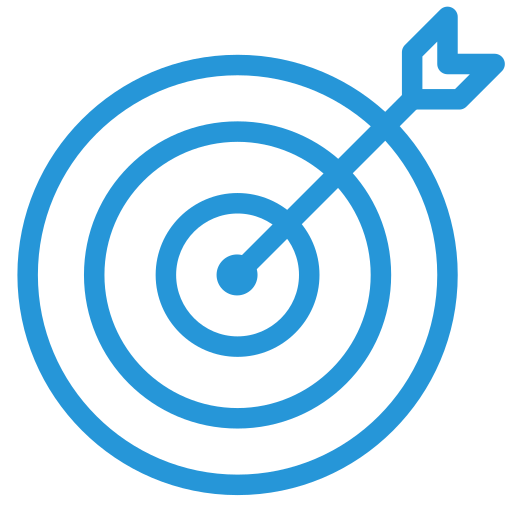What is it?
Objectives and Key Results is a goal-setting approach that focuses attention on the impact you want to have. The impact is characterized by a behavioral change that the people involved will adopt so that you can reach your objectives and fulfill your aspirational vision.
Why use it?
Reaching aspirational goals takes time. It requires measured, smaller steps along the way to help reach them. The “Progress Principle” is a positive force motivating an individual, a team, or an entire organization to do their best. Achieving measurable steps makes feedback relevant, and further fuels your momentum to realize the vision.
Steps
What is your vision?
- The vision is the dream. The vision is very ambitious and audacious, focused on what success looks like in the near future (3, 5 years, or longer).
- Example: We are a happy family.
Define your first objective.
- Some people say you only want to have one objective so you are really focused, let’s agree to not have more than three.
- Objectives are the destination. They answer the question: “Where do you want to go?“. They are ambitious, qualitative, aspirational and inspirational. They are expressed in the present tense as if it was already done.
- Example: We host a wonderful barbecue party.
Identify who are the people involved that could make or break success.
- Example: Guests, family, we can even distinguish some of the guests and family saying that we will have children or teenagers. One actor or stakeholder that could break success: Mosquitoes.
Identify the behavior you want the people involved to adopt so that you can achieve your objective.
- For each of the stakeholders, identify the most impactful behavioral changes that need to happen so you can achieve your objective.
- Example: You want the mosquitoes not to show up at the party, or if they show up you don’t want them to bite anybody.
Define Key Results that will quantify how you will reach your objective.
- Key Results are a way to measure that the behavioral change you want to get is really happening.
- Example: A Key Result that measures that mosquitoes don’t bite is: Nobody has been bitten by a mosquito during the party.
- Key Results guide the action on a day to day basis. They need to be a stretch showing your ambition, difficult, not impossible, 70% should be a good reach.
- They are measurable and time-bound formulated like “increase or decrease an indicator from x to y by the end of a date.”
Note that when you define Objectives and Key Results, you have to understand the why (the objective you want to achieve), the who (the people involved), the how (how their behavior should change so you can achieve your objective), but you can leave the what (what you will do to affect the behavioral change) for a later time.
- In our example, the ‘what’ could be to provide mosquito repellent to all the guests. The ‘what’ are the deliverables, or the activities.
One last thing. Remember that it took time for Sandrine and Joel to get to Objectives and Key Results that made sense for their team (like the one below). So don’t expect to write them perfectly on your first attempt.
- Objective: Improve the maintainability of the product by reducing the complexity of its core components.
- As measured by:
- Key Result #1: No team members have less than half the reviews of another by the end of the quarter (so that we increase knowledge transfer in the team to continuously learn and develop from each other).
- Key Result #2: Less than 50 reviews provided by the team are considered meaningless or misleading by the end of the quarter.
Further Information
- Impact Mapping is the approach we used to identify the impact, the behavioral changes that need to happen so you can achieve success.
- For more information on Objectives and Key Results (OKRs), you can start with Wikipedia.

